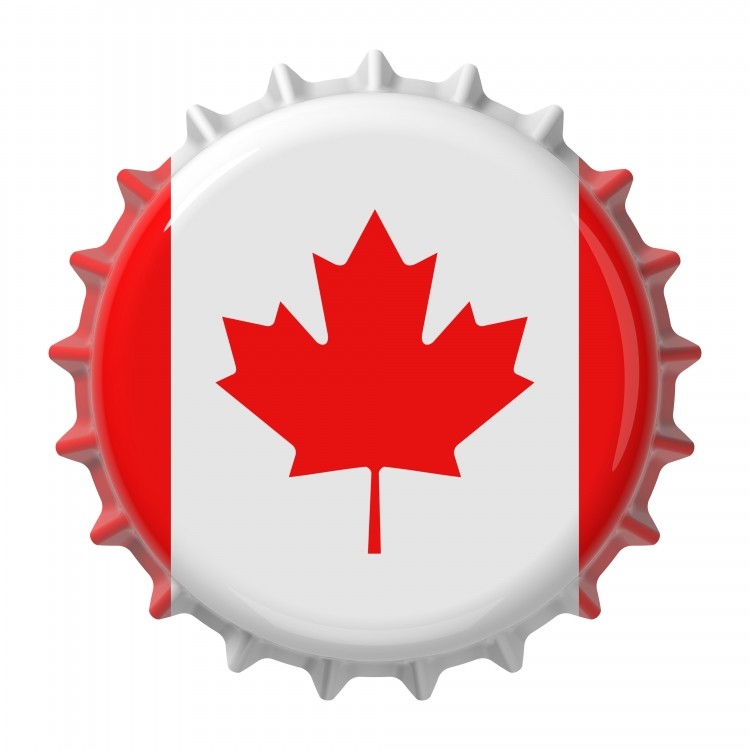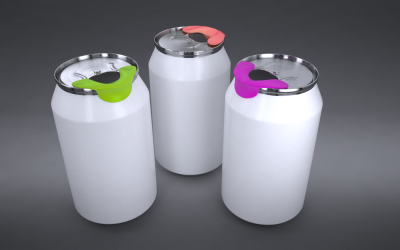Canada’s beer industry accounts for $13.6bn in economic activity

Canadians bought the equivalent of 223 bottles of beer per person at beer and liquor stores and other retail stores, while the beer economy supported nearly 149,000 jobs in the country.
Federal and provincial taxes and liquor board mark-ups account for nearly 47% of the average beer price in Canada, with beer consumption generating $5.7bn ($5bn USD) in annual tax revenues for federal, provincial, territorial and municipal governments.
The figures have been released this week by The Conference Board of Canada, which has analyzed the economic footprint of the beer industry in a study funded by Beer Canada.
Declining beer market
Per capita consumption of beer in Canada has declined by 10% over the past ten years, thanks to demographic changes, increased competition from other alcoholic beverages such as wine, and competition from non-alcoholic drinks such as coffee and tea.
Economic factors such as higher input costs and increases in provincial beer taxes have also contributed to the decline.
However, beer still makes up 40% of total alcohol sales through liquor boards and other retail outlets, making it the most popular alcoholic beverage in the country. On a per capita basis, Yukon is the largest consumer of beer.
“Despite declining per capita consumption, the quest for drinking a “cold one” is a very Canadian tradition that is deeply entrenched in history and continues to this day,” says the report.
“In fact, Canadians bought nearly 23 million hectolitres of beer in stores (liquor authorities and other retail outlets) during 2016—the equivalent of 223 bottles per person.”
Although per capita consumption, production and sales volumes have all declined; the number of brewing facilities has increased (up 20.3% from 644 in 2015 to a historical high of 775 in 2016).
In 2016, a total of 3.2 billion cans, 2.1 billion bottles and 41.1 million kegs of beer were sold in Canada.
Most beer (85%) is brewed domestically, although sales of imported beer are on the rise.
Over half of Canadian breweries are located in Ontario or Quebec.
Source: Beer Canada
The majority of beer consumed by Canadian households is purchased directly from liquor authorities and other retail outlets: in 2016, this was estimated at just under $9.1bn ($7.3bn USD).
Beer sales from licensed establishments such as restaurants, pubs, concerts and sporting events is estimated at just over $4.5bn ($3.6bn USD).
Economic contribution
Canada’s beer economy was responsible for $13.6bn ($11bn USD) of spending by consumers in 2016, equivalent to 0.7% of the overall Canadian economy. This takes into account indirect jobs such as services that support breweries and restaurants.
It supports 149,000 jobs, which makes up 0.8% of employment in Canada.
“Compared with the findings outlined in our 2013 report, the number of jobs supported by the beer economy has declined 8% due to softer domestic sales, an increase in the market share of imported beer, and weaker exports.
“Meanwhile, the current economic impact analysis suggests that the tax impact attributable to Canada’s beer economy in 2016 exceeded $5.7bn [$5bn USD], with $1.9bn [$1.53bn USD] going toward the coffers of the federal government, $3.5bn [$2.8bn USD] to provincial/territorial governments, and $378m [$305m USD] to various municipal governments across the country.”





